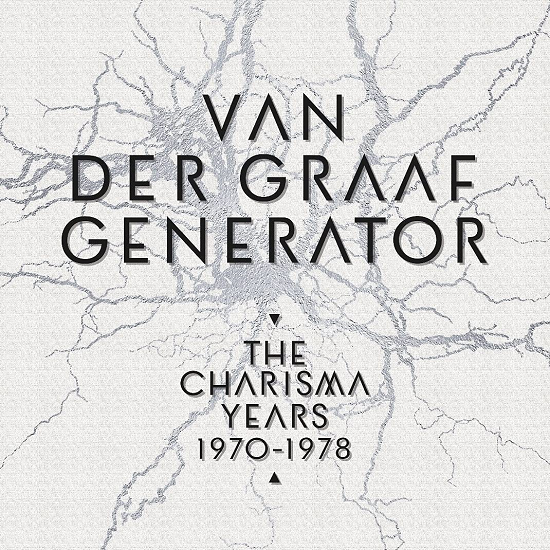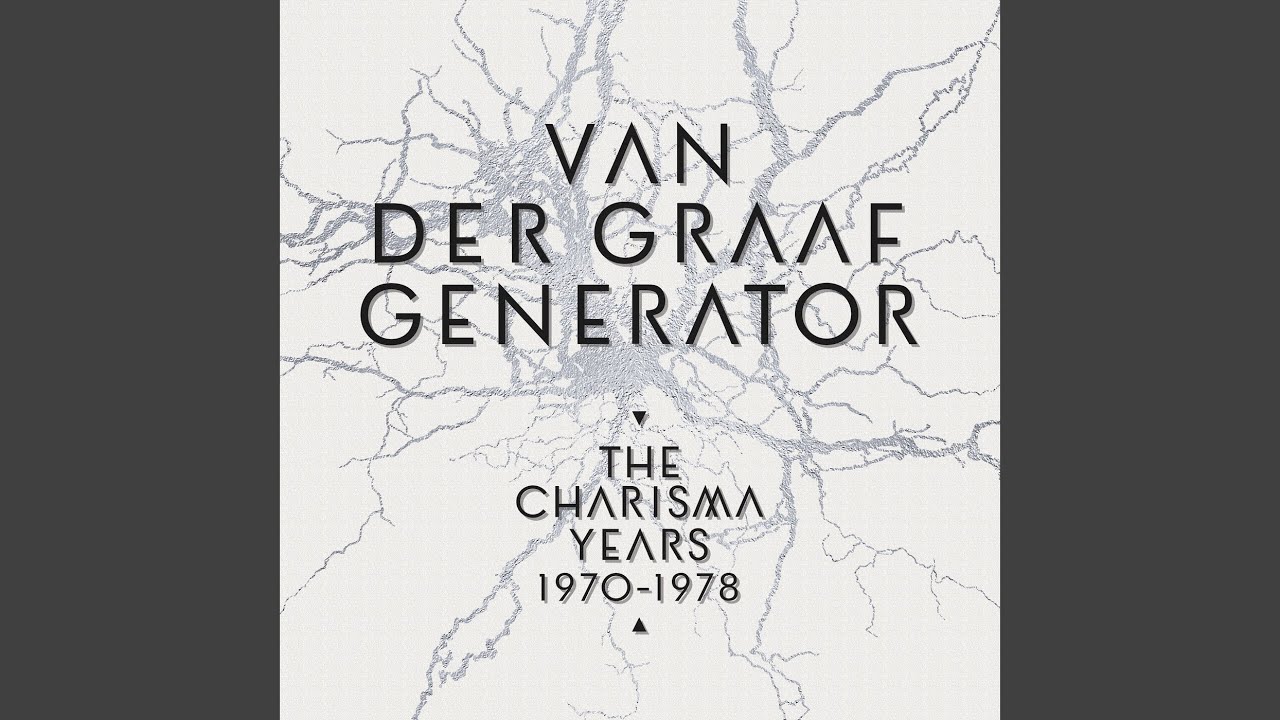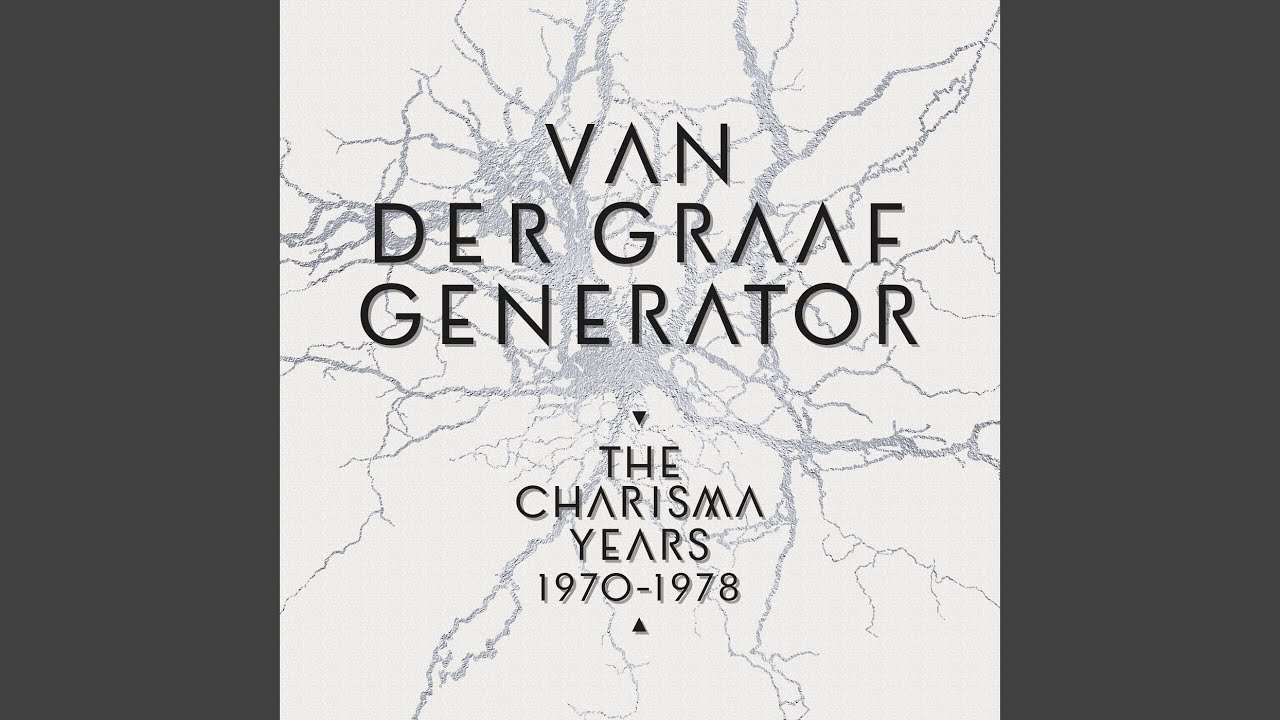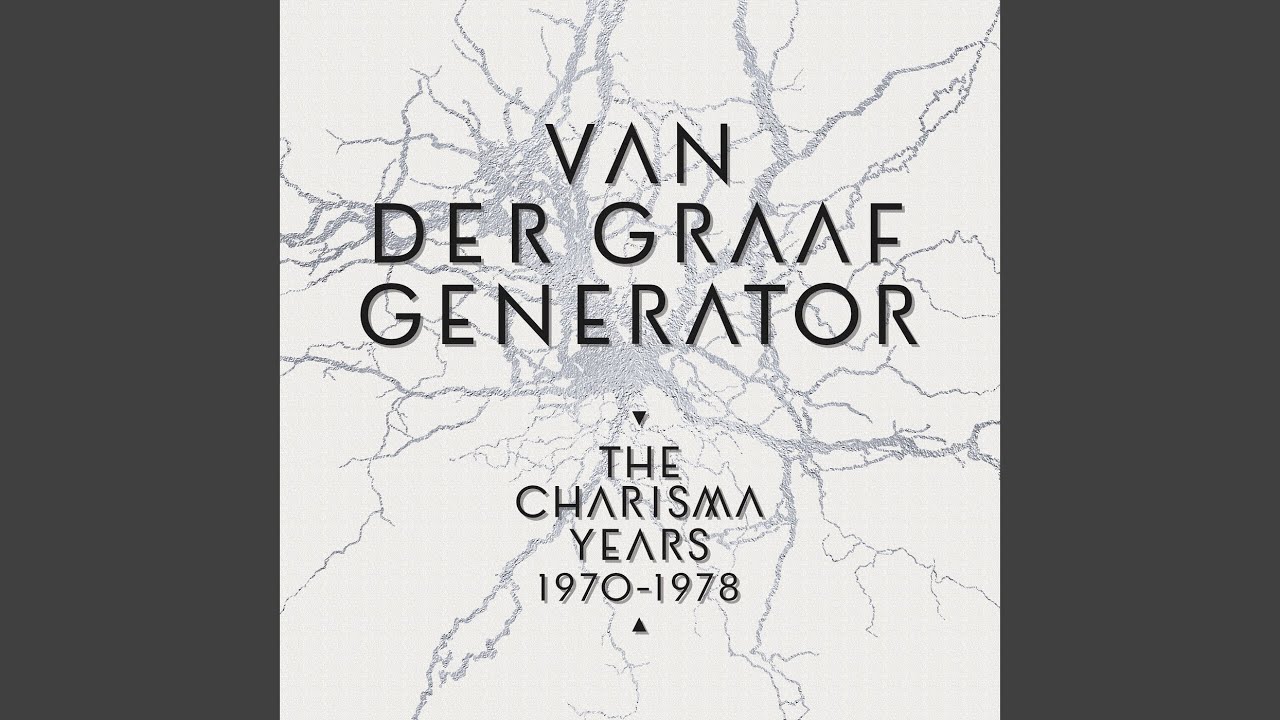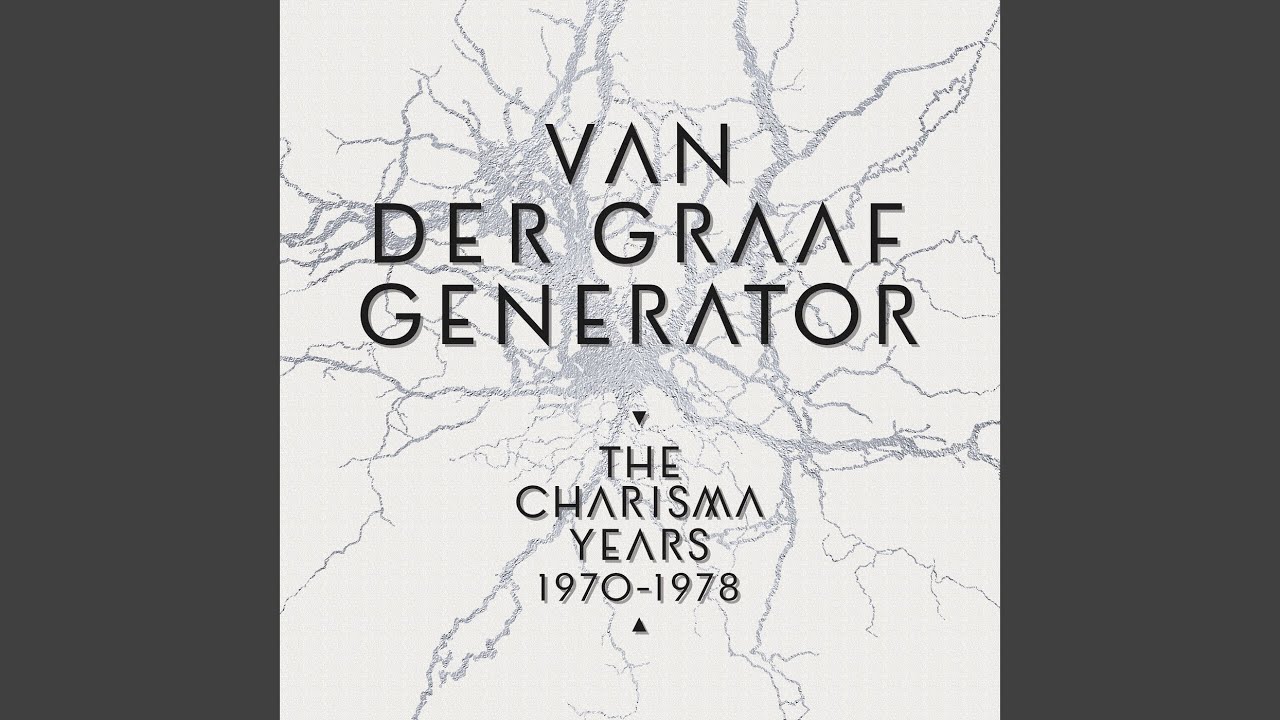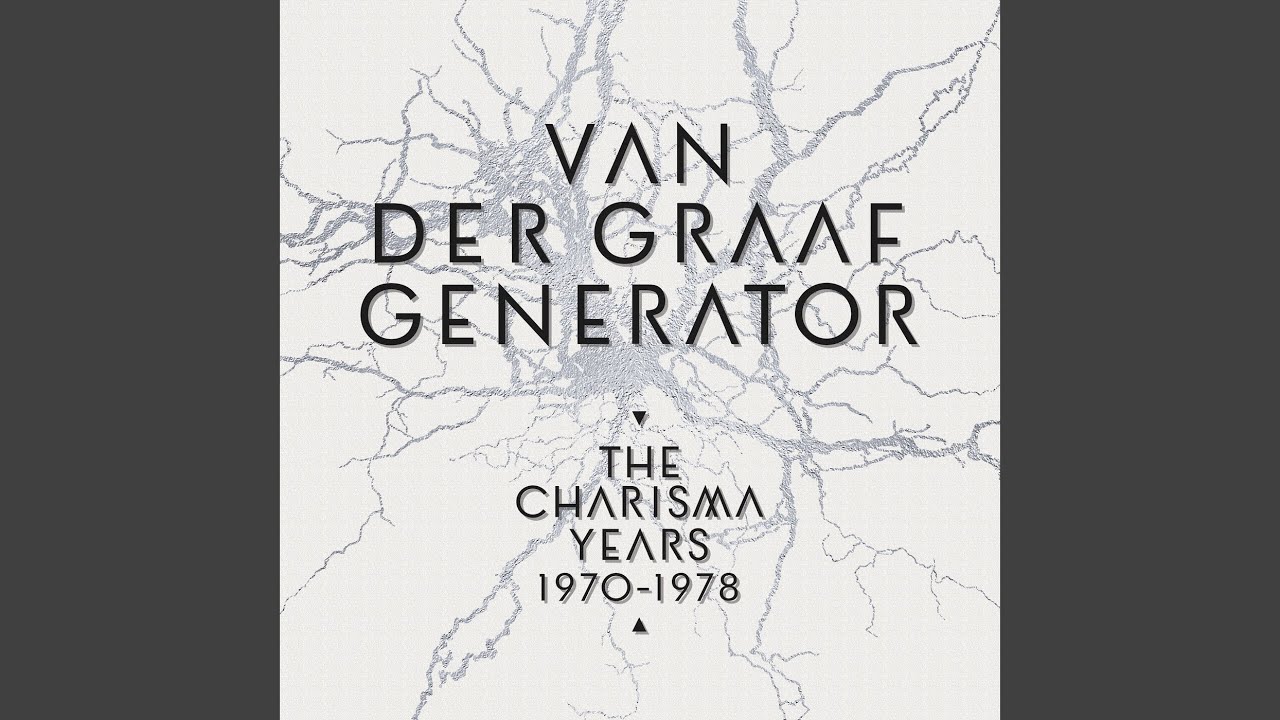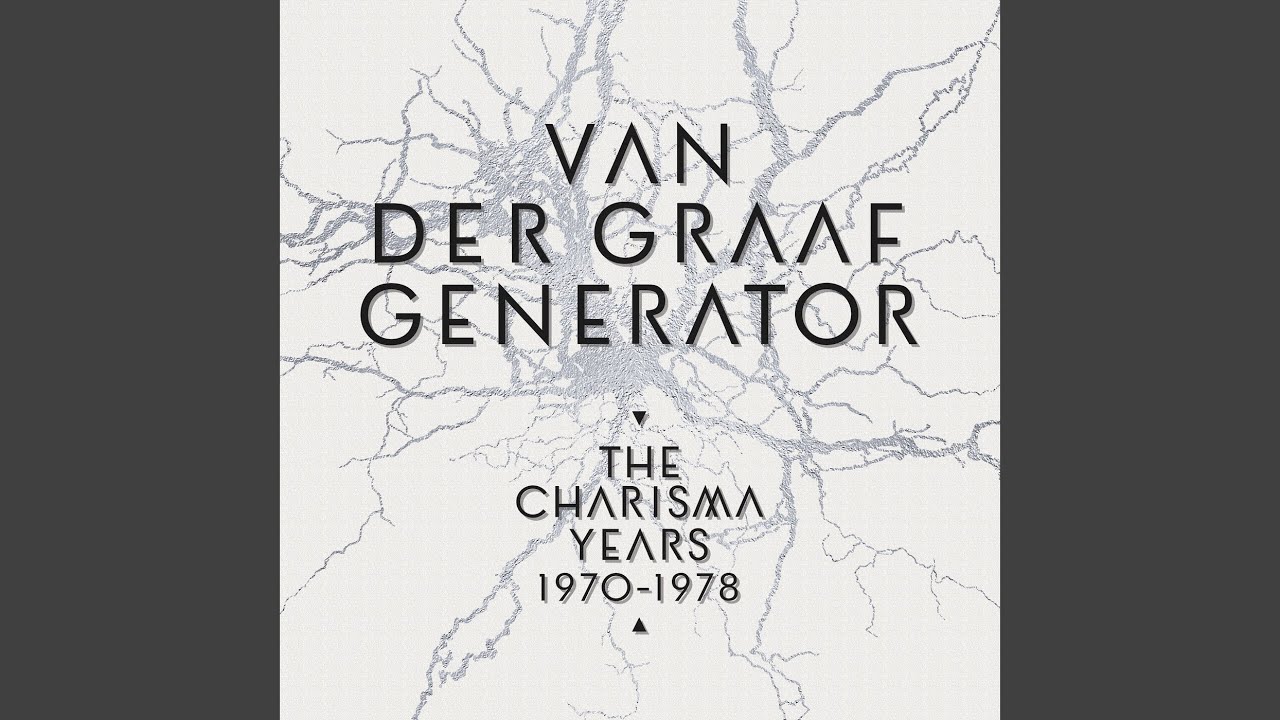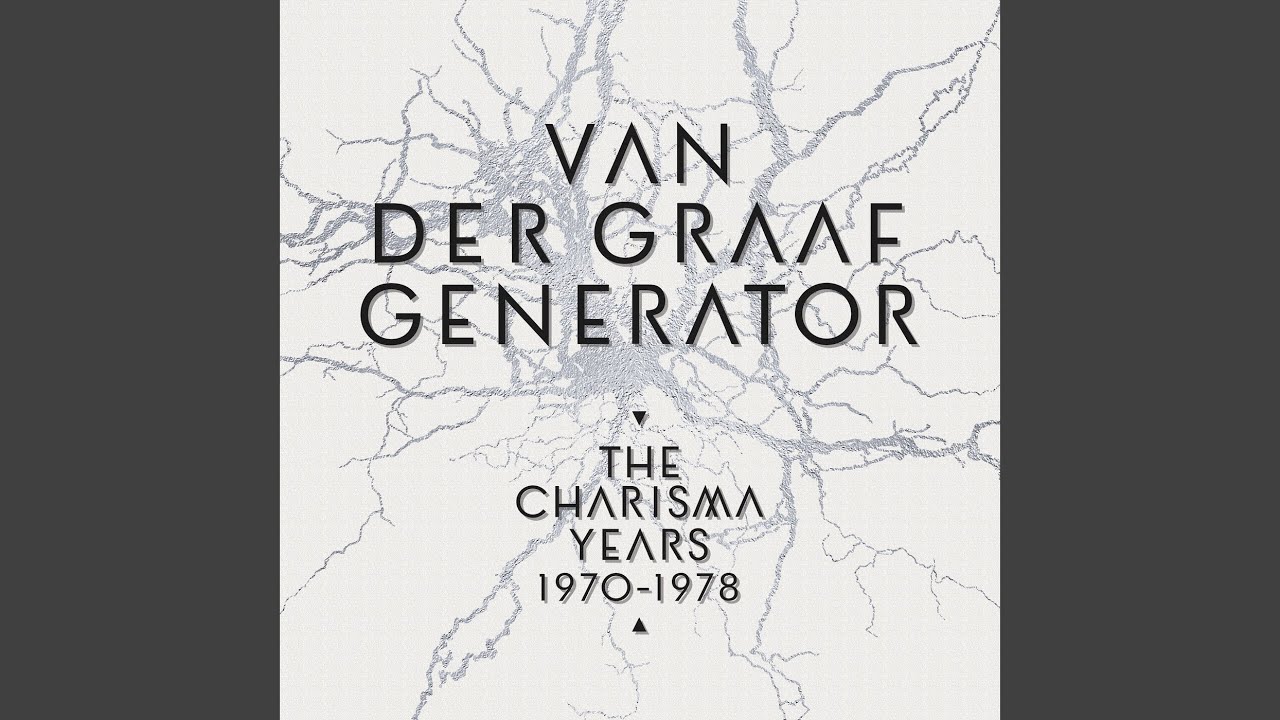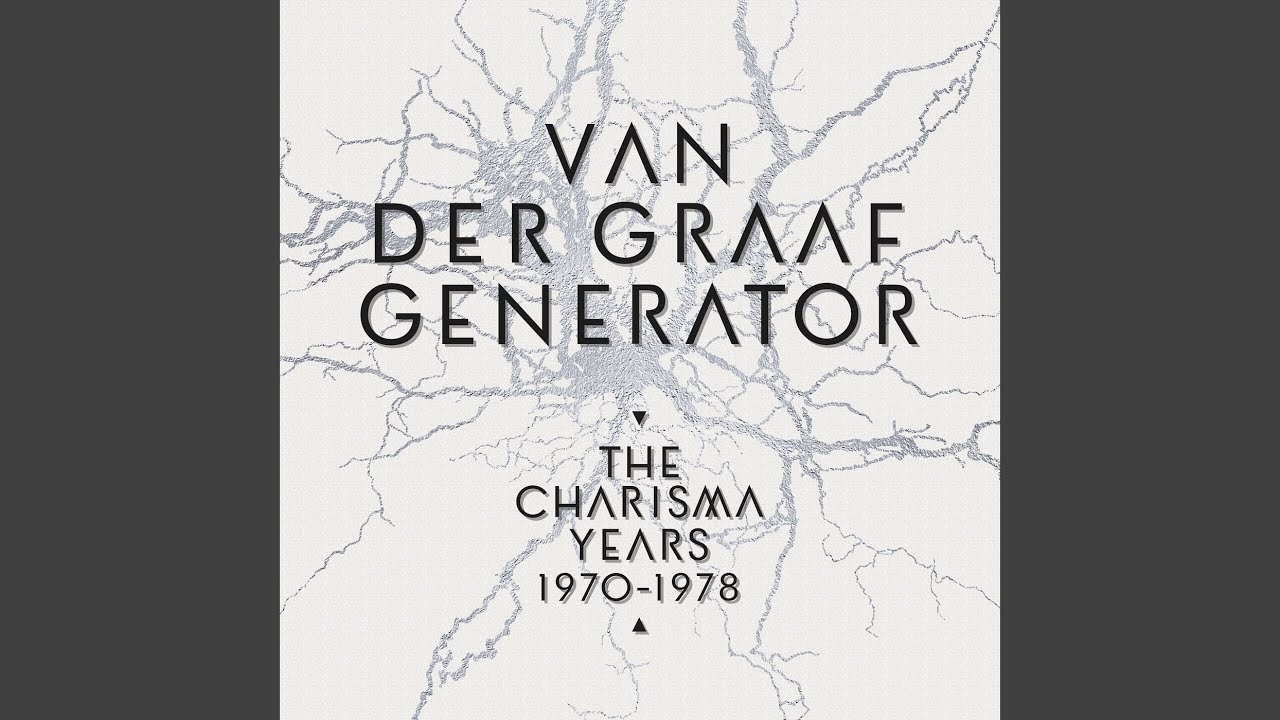Among the seemingly endless plethora of boxsets, each disinterring the polished bones of rock dinosaurs either extinct or on their last legs, here at last is one that’s truly worth celebrating. Van Der Graaf Generator’s origins may stretch back to 1967, and their most prolific period was during the 1970s progressive rock boom, but they’re responsible for some of the fiercest, most inventive and downright passionate music this country has ever produced.
The Charisma Years 1970-1978 is a 20-disc set which covers everything from their classic era, including not only albums, singles, b-sides, radio sessions, films and live concerts (one of which is released here for the first time), but also new stereo mixes of what are perhaps their four most-loved LPs – H To He Who Am The Only One, Pawn Hearts, Godbluff and Still Life. And we’re not just talking a polite dust down and clean here – these are a complete aural reimagining which have added astonishing depth and clarity to the music while still retaining its original magic. (Read about the process here)
If the very name Van Der Graaf Generator conjures images of a quintessential prog band, all flower suits, capes and Moog-trilling concept albums, the reality is rather different. Yes, there’s plenty of knotty time signatures and fantastical imagery, and they pretty much invented the prog trope of side-long tracks-cum-song suites. But their sound and attitude are almost completely at odds with the scene’s big hitters like Yes, Genesis and Emerson, Lake And Palmer. While those bands ended up in a competition to see who could outplay the other and stage the most extravagant live shows, Van Der Graaf Generator bunkered down in an increasingly dark and mysterious universe where noise and chaos were valued as much as songcraft and melody.
Central to the band’s unique vision and sonic signature is Peter Hammill, their singer and core songwriter, though such a trad description grievously undersells his extraordinary talents. Hammill half-jokingly said he wanted to be the “Jimi Hendrix of the voice”, but blimey, he certainly gets close to making good on that ambition, his vocals ranging from erudite baritone to raging banshee, delivering the dense screed of his lyrics with a riveting conviction. Educated by Jesuits and fascinated by modern science, Hammill grappled viscerally with the big issues of existence, unafraid of his own intellect yet rarely pompous or pious. And while more than capable of writing a simple but affecting piano ballad (particularly as a solo artist), the songs that Hammill brought to Van Der Graaf Generator were full of jagged riffs, sudden hairpin turns and apocalyptic portents.
But Van Der Graaf Generator weren’t just a one-man show, with the other members of the band combining to create a sound that veered between pastoral gentility, eccentric grooviness and unbridled fury, usually within the space of the same song. One of the most striking features of their music – certainly striking to me when I first heard them as a callow teenage proghead – is its lack of guitars. Hammill can often be heard strumming an acoustic (and would go more electric as the years progressed), but the lead instrumentation on most of this boxset’s songs is provided by David Jackson’s saxes and Hugh Banton’s organ, with both often processed through various effects boxes. It adds to the otherness of the band’s sound, as does the jazzy but aggressive rattle and thump of Guy Evans’ drums. Listening to them in full flight is like eavesdropping on some kind of strange, elemental battle.
Despite being one of the early figureheads of the progressive scene in Britain, Van Der Graaf Generator never really made it beyond cult band status in their homeland. There were plenty of fans who loved them, and they got some serious press for a couple of years, but ultimately, they failed to break through to a more general rock audience or the prog massive in their hobbit holes and halls of residence.
But sur le continent, it was a different matter, with big audiences for the band in Germany and France – as evidenced by the reception they get on the unreleased concert here, recorded in 1976 at the 2,000 capacity Maison De La Mutualité, Paris. Yet even that paled in comparison to Italy, where Van Der Graaf Generator were major stars, with 1971’s Pawn Hearts going to number one in the charts (and if you listen to any Italian prog from the ‘70s, you’ll hear what a huge influence they were).
It was partly due to the pressures of touring Europe so intensively that Van Der Graaf Generator broke up in 1972, with Hammill going on to release a string of brilliant solo albums – yet given that his former bandmates guested on all of them, it wasn’t entirely a surprise when the group reformed in 1975. They released another three albums in rapid succession before splintering again in 1977 – Banton and Jackson left, which led to Hammill shortening the band’s name to Van Der Graaf and developing a starker, new wave sound based around violinist Graham Smith. But in 1978, they called it a day once again after releasing the viciously raw live album Vital.
VDGG and Hammill have exerted considerable influence over leftfield and experimental music both here and abroad, even if that influence isn’t always completely obvious, or has been passed down second or third hand. Suffice to say that John Lydon is a mega fan (he played not one but two Hammill tracks on the famous 1977 Capital Radio show with Tommy Vance), and so was Mark E. Smith, who planned to collaborate with Hammill on more than one occasion (some of the early Fall stuff sounds a lot like VDGG). Oh, and Marc Almond is a big fan too.
But really, VDGG don’t need to justify themselves in terms of patronage. Instead, their music continues to blast forward from the past, with this boxset the most impressive salvo yet, ready to bewilder, excite and seduce a whole new generation of fans. All you need to do is listen…
A Young Person’s Guide To Van Der Graaf Generator
‘Darkness (11/11)’, from The Least We Can Do Is Wave To Each Other (1970)
After the false start of their debut album – The Aerosol Grey Machine, released only in the US – The Least We Can Do… is where Van Der Graaf Generator begin properly, and this is its opening track, a wonderfully sinister exercise in tension-building and dramatic release. Here they are playing it on Germany’s Beat Club, looking quite cool – watch out for the one note keyboard solo at 2:59…
‘Killer’ from H To He Who Am The Only One (1970)
An early indication that VDGG knew how to rock out in a way that left most of their prog contemporaries looking fussy and over-mannered in comparison. Also a great showcase for Hammill’s voice-as-instrument-to-beat-you-over-the-head-with approach to singing. Daft lyrics, mind.
‘Pioneers Over C’ from H To He Who Am The Only One (1970)
One of the great sci-fi rock songs – Hammill convincingly conveys the plight of an astronaut turned into a trans-dimensional ghost after travelling faster than the speed of light (Interstellar, anyone?). And that pulse-racing bassline is out of this world…
‘A Plague Of Lighthouse Keepers’ from Pawn Hearts (1971)
Yes, it’s a faintly ludicrous title, but this side-long track remains an astonishing collision between some of Hammill’s finest melodies and lyrics and the band going crazily full-tilt in their evocation of solitude and madness. For many, Van Der Graaf Generator’s finest achievement, and released a whole year before bloomin’ ‘Supper’s Ready’.
‘Arrow’ from Godbluff (1975)
When Van Der Graaf Generator returned in 1975, it was as a tighter yet no less intense unit, their sound having clarified into what can only be described as a punchy, gothic medievalism, of which ‘Arrow’ is a prime example. After a free jazz prelude, Hammill’s fiery meditation on the march of time grabs the listener by the throat and doesn’t let go.
‘My Room (Waiting For Wonderland)’ from Still Life (1976)
Another side to Van Der Graaf Generator, a playful and gentle lullaby that nevertheless masks one of Hammill’s most desolate lyrics. The shivery minor key melody introduced halfway through is just beautiful.
‘Cat’s Eye/Yellow Fever’ from The Quiet Zone/The Pleasure Dome (1977)
Almost a complete change in sound as Hammill straps on Meurglys III (his guitar) and recruits Abraham Lincoln on violin (see this rare promo, which like the Beat Club film, is included in the boxset). Tremendous, headbanging stuff.
‘Ship Of Fools’ from Vital (1978)
Vital was the last roll of the dice for VDG (before they miraculously reformed in 2005) and is an amazing document of the final band in blistering live form, kicked off by this angry, riff-tastic rant of a song. You can virtually hear the tendons straining in Hammill’s neck.

